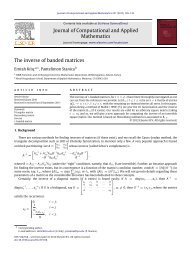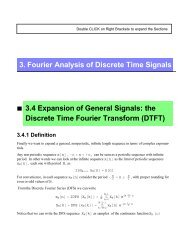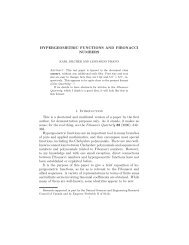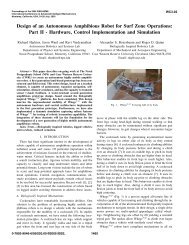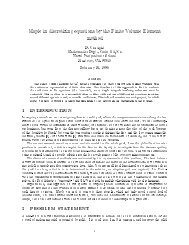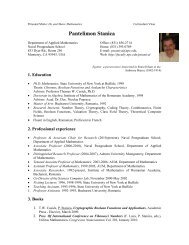A View of Cyberterrorism Five Years Later
A View of Cyberterrorism Five Years Later
A View of Cyberterrorism Five Years Later
Create successful ePaper yourself
Turn your PDF publications into a flip-book with our unique Google optimized e-Paper software.
Individuals and groups who would never detonate a bomb or gun down another human being are<br />
thus able to support terrorist objectives. Moreover, not only can they launch attacks through the<br />
Internet, they can obtain hacking tools and information from the net as well. They do not need to<br />
worry about acquiring or manufacturing explosives, crossing borders, or funding their operations.<br />
The Internet has thus brought about an expansion <strong>of</strong> damaging acts in support <strong>of</strong> terrorist<br />
objectives, regardless <strong>of</strong> whether these acts are characterized as cyberterrorism or not.<br />
The first reported incident <strong>of</strong> this nature took place in 1997 when a group aligning itself<br />
with the Liberation Tigers <strong>of</strong> Tamil Eelam (LTTE) claimed responsibility for „suicide email<br />
bombings‟ against Sri Lankan embassies over a two-week period. Calling themselves the Internet<br />
Black Tigers, the group swamped Sri Lankan embassies with about 800 emails a day. The<br />
messages read, „We are the Internet Black Tigers and we‟re doing this to disrupt your<br />
communications‟ (CSI, 1998). Two years later, the Kosovo conflict inspired numerous hackers to<br />
join the conflict on one side or the other, or to protest the whole thing. Most <strong>of</strong> the cyber attacks<br />
took the form <strong>of</strong> web defacements and DoS attacks. Of particular interest here are the activities <strong>of</strong><br />
the Serb Black Hand (Crna Ruka) group, because <strong>of</strong> the radical nature <strong>of</strong> Crna Ruka. According<br />
to reports, they crashed a Kosovo Albanian web site, planned daily actions against NATO<br />
computers, and deleted data on a Navy computer (Denning, 2001).<br />
The first appearance <strong>of</strong> an al-Qa‟ida associated hacker group appeared a few weeks<br />
after the September 11, 2001 terrorist attacks, when GForce Pakistan announced the formation<br />
<strong>of</strong> the „Al-Qaeda Alliance Online‟ on a U.S. government website it had just defaced. Declaring<br />
that „Osama bin Laden is a holy fighter, and whatever he says makes sense,‟ the group <strong>of</strong><br />
Pakistani Muslim hackers posted a list <strong>of</strong> demands and warned that it planned to hit major U.S.<br />
military and British websites (McWilliams, 2001). Another GForce defacement contained similar<br />
messages along with heart-wrenching images <strong>of</strong> badly mutilated children said to have been killed<br />
by Israeli soldiers. A subsequent message from the group announced that two other Pakistani<br />
hacking groups had joined the alliance: the Pakistan Hackerz Club and Anti India Crew.<br />
8



